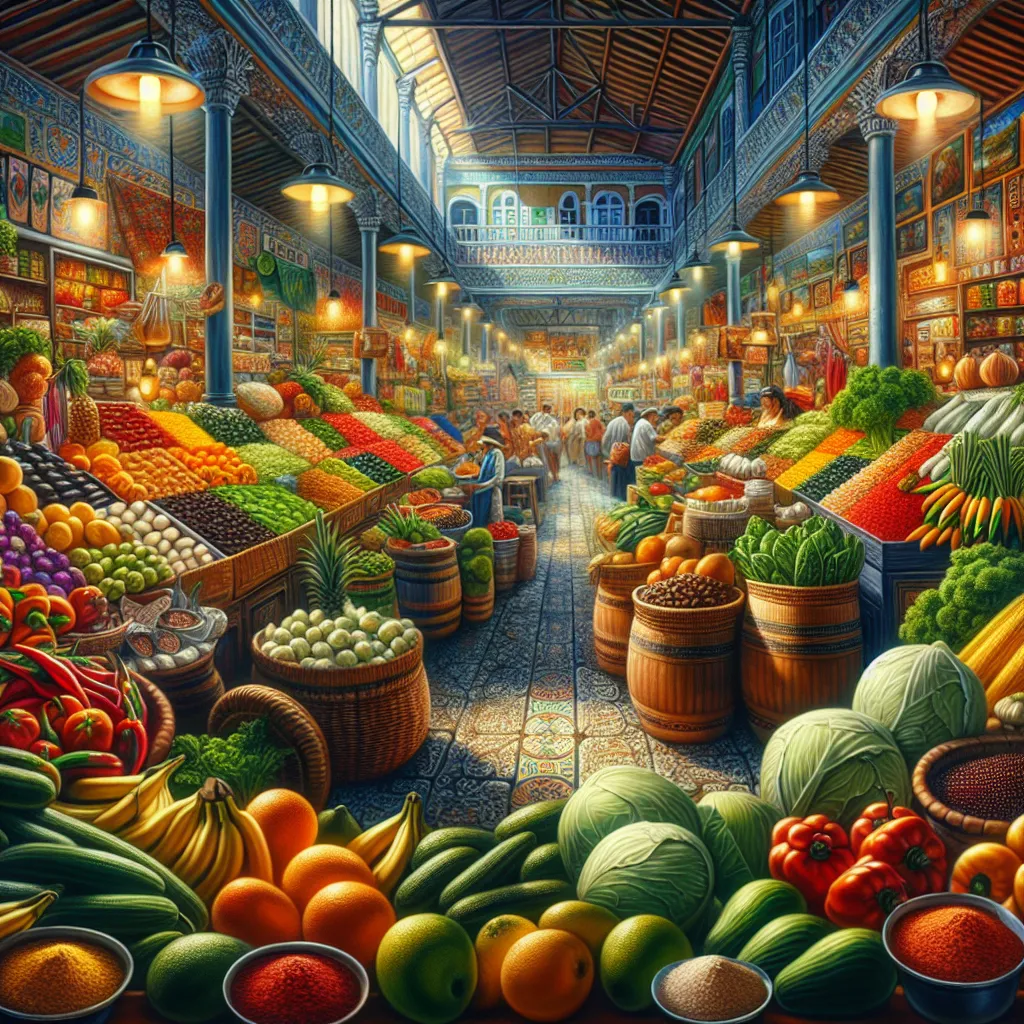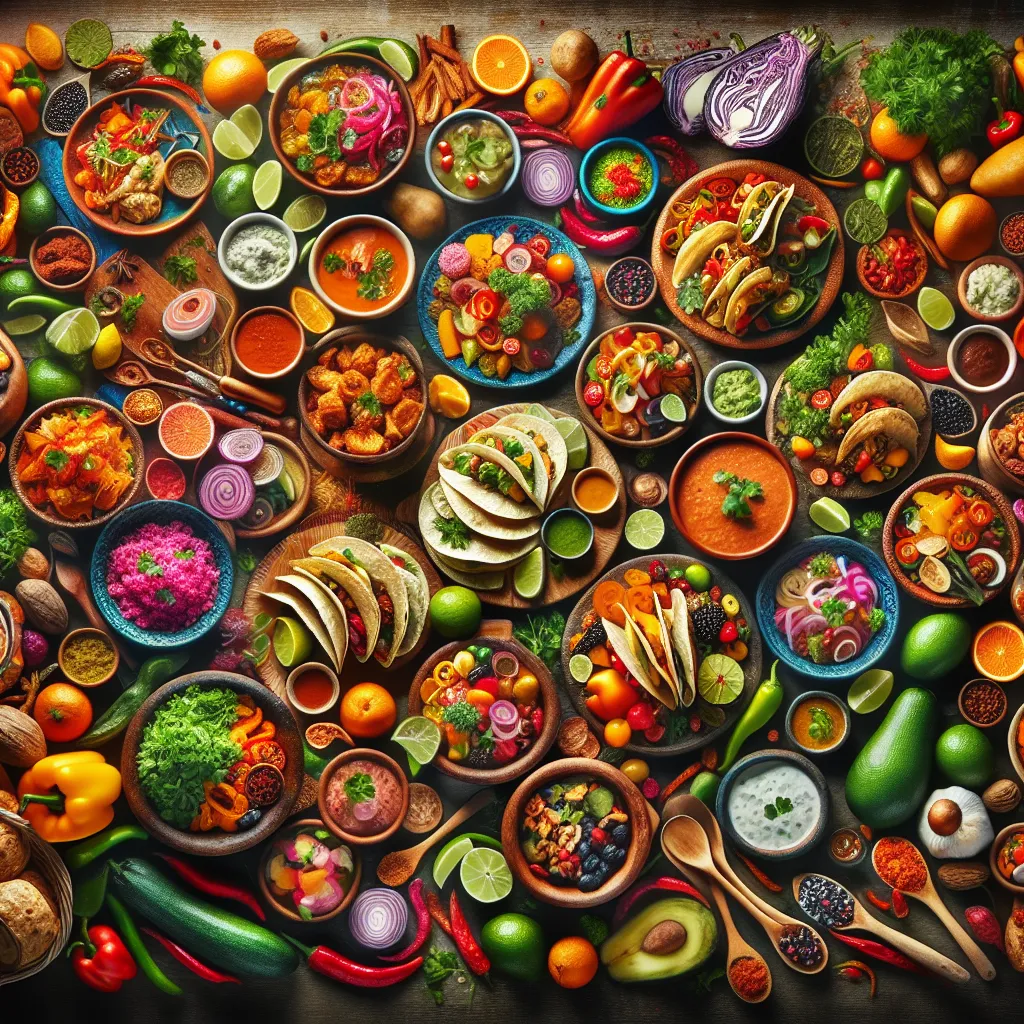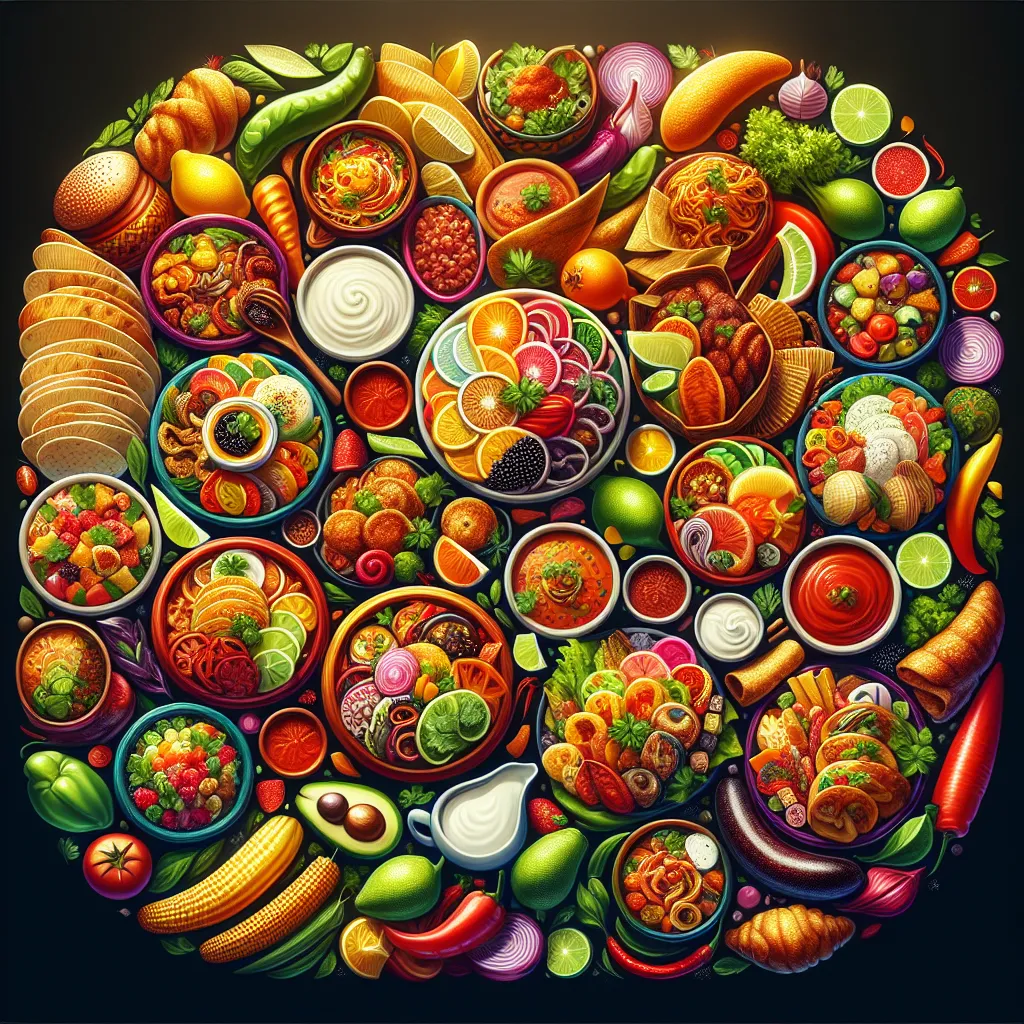Uncovering the Diversity of Latin American Spices and Herbs
When it comes to exploring the rich flavors of Latin cuisine, one cannot ignore the diverse and vibrant world of Latin American spices and herbs. From the fiery heat of chili peppers to the earthy aroma of cumin, these ingredients form the backbone of Latin American culinary traditions. The use of spices and herbs in Latin American cuisine not only adds depth and complexity to the dishes but also reflects the cultural and historical influences that have shaped the region’s food.
Latin America is blessed with an abundance of spices and herbs, owing to its rich biodiversity and varied ecosystems. Cilantro, with its bright and citrusy notes, is a staple in Mexican, Central, and South American cuisines, adding a fresh and fragrant element to salsas, marinades, and ceviches. Achiote seeds, also known as annatto, contribute a warm, slightly peppery flavor and a deep red color to many Latin American dishes, particularly those of the Yucatán Peninsula.
One cannot discuss Latin American spices without mentioning the ubiquitous use of chili peppers. From smoky and complex chipotle to the fiery habanero, chili peppers are not just about heat but also about adding distinct flavor profiles to dishes. The use of these peppers varies across the region, with some countries favoring mild, fruity varieties and others opting for intense, searing heat.
Furthermore, Latin American cuisine incorporates a rich tapestry of herbs such as epazote, a pungent herb used in Mexican cooking to add an earthy, almost medicinal flavor to dishes like black beans and quesadillas. Another essential herb is culantro, often confused with its close relative, cilantro, but with a more intense and robust flavor. It is a key component in the iconic Puerto Rican sauce, recaíto, and various other Caribbean dishes.
In conclusion, the vibrant and diverse world of Latin American spices and herbs is a testament to the region’s culinary prowess. The use of these ingredients not only adds depth and character to dishes but also serves as a link to the rich history and cultural heritage of Latin America. Exploring the unique flavors and aromas of Latin American spices and herbs is an enriching journey that unveils the heart and soul of this captivating cuisine.
Delving into the Authentic Ingredients of Latin Cuisine
Exploring the rich flavors of Latin cuisine is a journey that delves deep into the authentic ingredients that define the essence of this vibrant culinary tradition. From the zesty and aromatic spices to the fresh and colorful produce, Latin cuisine embodies a rich tapestry of flavors and textures that reflect the diverse cultural influences of the region.
One of the key aspects of delving into the authentic ingredients of Latin cuisine is the use of staple foods that form the foundation of many traditional dishes. Ingredients such as corn, beans, rice, and plantains are ubiquitous in Latin American cooking, providing a hearty and wholesome base for a wide variety of savory and soul-satisfying meals.
Further enriching the flavor profile of Latin cuisine are the diverse array of spices and herbs that are integral to the culinary landscape. From the smoky heat of chipotle peppers to the earthy warmth of cumin, these aromatic additions infuse dishes with complexity and depth, elevating them to new heights of sensory delight.
In addition to spices, the use of fresh produce is fundamental to the authenticity of Latin cuisine. Vibrant tomatoes, fiery chilies, tangy citrus fruits, and an assortment of tropical fruits all contribute to the bright and lively flavors that are emblematic of Latin American dishes.
Moreover, the incorporation of indigenous ingredients such as quinoa, amaranth, and various edible tubers not only adds nutritional value to the cuisine but also showcases the deep-rooted connection to the land and the heritage of the indigenous people.
Exploring the authentic ingredients of Latin cuisine offers a tantalizing glimpse into the cultural tapestry that defines the region’s culinary identity. It is a celebration of tradition, flavor, and diversity, inviting culinary enthusiasts to embark on a sensory adventure unlike any other.
The Fusion of Indigenous and European Culinary Traditions in Latin America
Latin cuisine is a rich tapestry of flavors that stems from the fusion of indigenous and European culinary traditions in Latin America. This blending of diverse food cultures has given rise to a vibrant and diverse cuisine that continues to captivate the palates of people around the world.
Indigenous ingredients such as corn, beans, tomatoes, avocados, and chili peppers form the foundation of Latin American cuisine. These staples were once unknown to European settlers, who brought with them ingredients such as rice, wheat, pork, beef, and various herbs and spices. The meeting of these two culinary worlds led to the creation of iconic dishes such as tacos, tamales, ceviche, and empanadas, which showcase the harmonious melding of indigenous and European flavors.
Furthermore, the introduction of European cooking techniques like frying, braising, and baking, combined with indigenous methods such as grilling and steaming, has further enriched the Latin American culinary landscape. The resulting array of dishes reflects the historical and cultural diversity of the region, with each country offering its own unique blend of flavors and ingredients.
Today, Latin cuisine continues to evolve as it absorbs influences from other global food cultures, yet its deep roots in the fusion of indigenous and European traditions remain a defining characteristic. The richness and complexity of Latin American flavors stand as a testament to the enduring legacy of this culinary fusion.
Savoring the Bold and Vibrant Tastes of Latin Gastronomy
When it comes to Latin cuisine, one cannot help but be captivated by the bold and vibrant flavors that define the culinary landscape of this rich and diverse region. From the zesty tang of freshly squeezed limes to the earthy warmth of cumin and the fiery kick of chili peppers, Latin gastronomy offers an exhilarating sensory experience that is unparalleled. Whether savoring the smoky richness of a perfectly grilled carne asada or indulging in the creamy decadence of a traditional flan, every bite tells a story of heritage, tradition, and passion.
The essence of Latin cuisine lies in its fearless embrace of bold, unconventional flavor combinations. Each dish is a celebration of the region’s wealth of ingredients, from the tropical abundance of fruits like mangoes, papayas, and guavas to the robust flavors of indigenous spices and herbs. The result is a fusion of tastes and textures that dance on the palate, leaving a lasting impression that lingers long after the meal has ended.
Furthermore, Latin cuisine embodies a deep respect for the ritual of dining, with meals serving as a means of connection and community. The act of savoring a meal is an opportunity to immerse oneself in the vibrant tapestry of Latin culture, where every dish is a labor of love, steeped in tradition and history. From the lively street food stalls of Mexico to the elegant dining rooms of Argentina, the experience of savoring Latin cuisine is a journey of discovery, a symphony of flavors that beckons the adventurous palate.
Exploring the rich flavors of Latin cuisine is a testament to the region’s culinary prowess, a reflection of the diverse tapestry of cultures and traditions that have shaped its gastronomic identity. It is an invitation to savor the bold and vibrant tastes of a cuisine that celebrates life, family, and the joy of indulging in a rich and flavorful meal.




